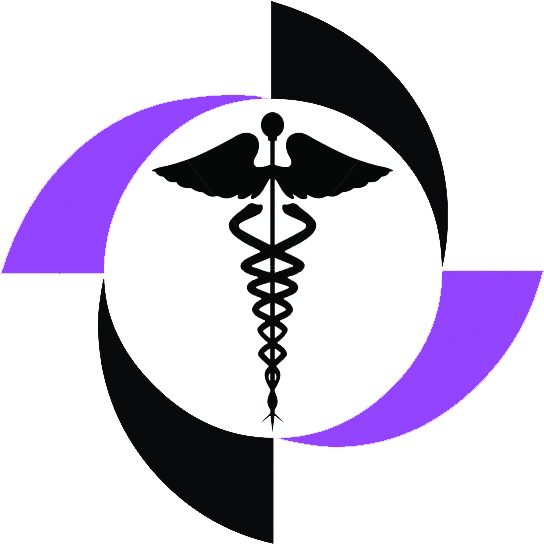| 1. | MEDICINAL VALUES, BIOLOGICAL ACTIVITIES, TOXICITY STUDIES, AND PHYTOPHARMACOLOGICAL ACTIONS OF VITEX NEGUNDO |
| Jubilee R, Gokulraj G, Gopi M, Harikrishnan R, Harinanthitha B, Haripriya A, Hema P |
|
| Article Type:Research Article/
Abstract
|
Full Text 
|
No of Download=658 |
Pages (1-7) |
|
|
|
In recent years, there has been a greater emphasis on plant research around the world, and a vast body of evidence has accumulated to demonstrate the enormous potential of medicinal plants employed in diverse traditional systems. Researches have focused on finding and validating plant-derived compounds for the treatment of numerous ailments throughout the last few years. Similarly, other sections of plants, such as leaves, fruits, seeds, and so on, have been shown to provide health and nutrition-promoting chemicals in human diets. Another Indian plant with extensive traditional applications against a variety of ailments is Vitex negundo linn. The purpose of this review is to assemble the medicinal values of Vitex negundo derived from research employing cutting-edge scientific methods and cutting-edge scientific technologies
|
| 2. | ANTICANCER ACTIVITY OF SECONDARY METABOLITES FROM SOIL GRAM-NEGATIVE BACTERIA PSEUDOMONAS FLUORESCENS (ATCC 135250) AGAINST ACUTE LYMPHOBLASTIC LEUKAEMIA USING MOLECULAR DOCKING |
| HEMALATHA G*, JOTHI LAKSHMI A, PRASANTH R, DHANA SELVAM U,
SELVAKUMAR S, Dr. SWARNALATHA S |
|
| Article Type:Research Article/
Abstract
|
Full Text 
|
No of Download=289 |
Pages (8-14) |
|
|
|
Acute lymphoblastic leukaemia (ALL) is a common malignancy of children of 2-10 years, peak incidence at 4-5 years of age.
In India, 60-85% of all leukaemia reported are acute lymphoblastic leukaemia. Currently, acute lymphoblastic leukaemia
treatment such as chemotherapy, radiotherapy and stem cell transplantation are at higher risks in children. Therefore, soil
microbial secondary metabolites have been considered one of the powerful resources for drugs used to treat acute
lymphoblastic leukaemia. In this study, the binding interaction between CD19 (blast cell lines protein) and Ligand (secondary
metabolites) through molecular docking approach were studied. The protein CD19 (PDB id: 6AL5) was retrieved from Protein
Data Bank (PDB) and the Ligand secondary metabolites were drawn from PubChem database. After that, the protein and
Ligand structures were optimized. Lastly, the blast cell line protein was docked with Ligands such as chitinase, pyrrolnitrin,
pyoluteorin, salicylic acid, 2, 4-Diacetyl phloroglucinol using Auto Dock. All the Ligand structures were successfully docked
with the target protein. The secondary metabolites chitinase, pyrrolnitrin, pyoluteorin, salicylic acid, 2,4-Diacetyl
phloroglucinol showed binding energies with CD19 at -6.04 Kcal/mol, -6.01 Kcal/mol, -5.57 Kcal/mol, 5.12 Kcal/mol, -4.40
Kcal/mol respectively. The chitinase had the strongest bond with CD19 protein. Hence, Secondary metabolites can be used to
treat acute lymphoblastic leukaemia. Therefore, it can further be evaluated in laboratory experiments
|
| 3. | DESIGN OF NANOSUSPENSIONS OF NATEGLINIDE USING POLYMERS AND STUDY OF INVITRO DRUG RELEASE |
| Anwar V*, Ramesh Reddy K |
|
| Article Type:Research Article/
Abstract
|
Full Text 
|
No of Download=451 |
Pages (15-19) |
|
|
|
Nano suspensions are colloidal dispersions containing drug nanoparticles stabilised by surfactants that are utilised in the
production of nanomedicine. They are also known as biphasic systems because they are made up of pure drug particles
distributed in an aqueous medium and a suspended particle having a diameter of less than 1 micron. The majority of
medications used today are lipophilic, and many are insoluble in water due to functional groups, particle size, chemical
makeup, and other factors, including anti-diabetic pharmaceuticals like Nateglinide. As a result, the goal of this research is to
generate nano-suspensions of nateglinide using poloxamer as a polymer and to test their improved bioavailability. On the
generated formulations, physical parameters such as drug entrapment efficiency, drug content, yield, surface morphology, and
in vitro drug release studies were assessed. In vitro studies in a phosphate buffer with a pH of 1.2 found that the
nanosuspension formulation released more drug than the pure drug. As a result, nanosuspensions might be a feasible
alternative to standard delivery routes for drugs with limited water solubility, potentially improving their biopharmaceutical
efficacy
|


